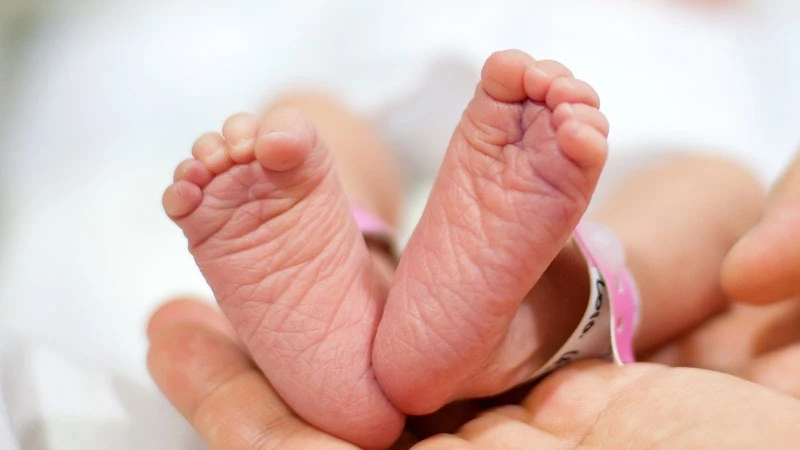Quality of midwifery silent factor in number of delivery-time deaths

THE moment of signing a cooperation agreement between the government and quasi-governmental agencies working on mother and child care towards the end of the week was an understandably happy one.
However, one particular observation made at the event will – also understandably – a have left a number of people quite sad and seeking for answers.
It was a remark by the acting Canadian High Commissioner to Tanzania, who said that over 90 per cent of maternal deaths occur in health facilities.
As if in correlation with that observation, the diplomat said that many midwifery posts are vacant and those filled often have unqualified midwives, resulting in poor quality of care.
That was given as the reason the Canadian Association of Midwives have teamed up with UNFPA and the African Medical Research Foundation (AMREF) for the implementation of a project meant to increase availability of skilled midwives in Tanzania.
The 31bn/- project is meant to strengthen local capacity to advance midwifery as a profession and develop a robust training programme for midwifery tutors, as midwives need more than only supplies and equipment.
They also require extensive training to safely manage childbirth and ably recognize life-threatening complications, a UNFPA senior official at the ceremony declared.
Without doubt, much more investment and support are needed at every level to enhance midwifery in terms of skills and equipment, in which case the agencies and the government pin their hopes on the joint initiative.
Just how far the project could achieve its aims may be a different matter, as the variance between deaths and the proximity of maternal health care services is unsettling – at least in that the presence of such care or its proximity had little significance in those cases.
It appears that chances that a woman dies while giving birth is something determined by other factors and not health care facilities per se.
There is an assumption that this apparently large number of women dying while being attended to for birth complications in a hospital, dispensary or health centre relates to the shortage of skills on the part of the midwives.
There is another dimension that is hard to project in research and is definitely also hard to take up for extensive interviews as to the level of prevalence, namely, bad language and lack of interest on the part of unprofessional midwives faced with such challenges.
During the period that a woman was literally forced to bring birth attendant equipment with her or pay a certain amount, assuming this is no longer the case, many women died as nurses were simply not interested if the cash was not paid for equipment.
There was a time that hospital authorities dismissed two nurses who had deliberately refused to attend to a woman who later succumbed to delivery-time complications, then in a couple of days the regional authorities called the nurses back to work.
That was to say that the said nurses may not have erred with respect to compliance with standing orders that way, and it is unclear if the hospital authorities knew the same or pretended to dismiss them and then when they complained, recommend to the regional authorities that they return.
Birth pangs are a moment of culture, treated as a queen if a woman has the cash for respectable admission or simply the other way round with the converse reality.
Skills are clearly crucial but there are cultural traits, and not just the cost sharing, that can lead to fatality. All these merit serious consideration.
Top Headlines
© 2024 IPPMEDIA.COM. ALL RIGHTS RESERVED

















